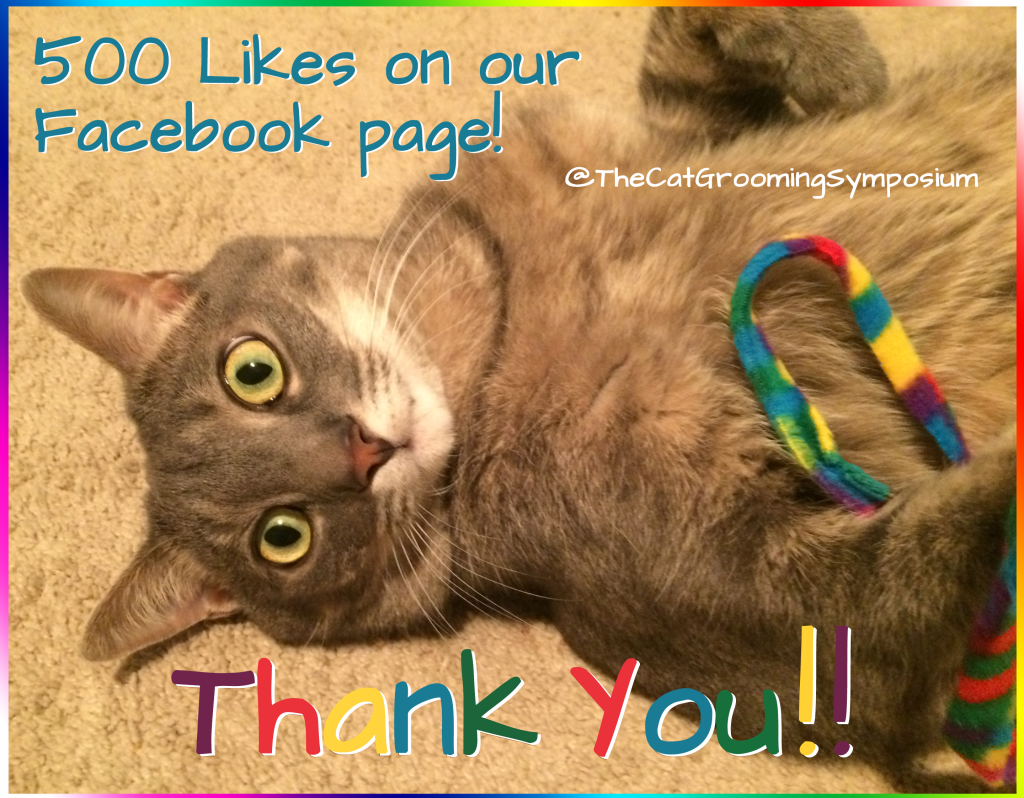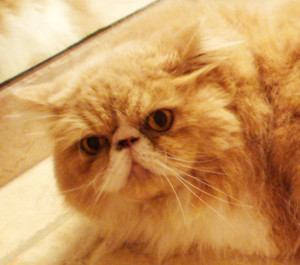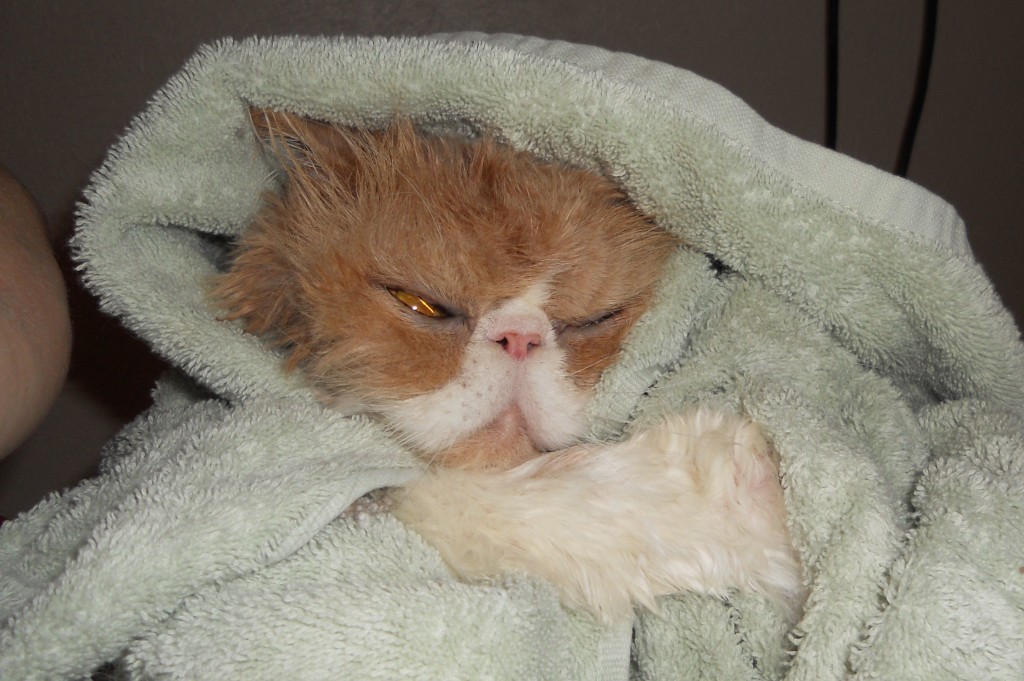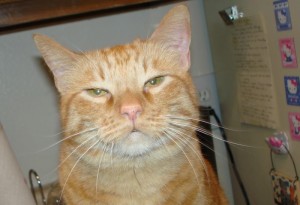Post by: Cat Guru, Sheryl Woods of Wet Whisker Cat Grooming
sheryl@wetwhisker.com
August 9, 2014
There have been a few cases of late when groomers made the news due to their techniques. The groomers in question were blindsided with the backlash from the grooming community at large, due to their belief that they were being compassionate.
What is compassion? Synonyms include empathy, concern, sensitivity, warmth, love, mercy, kindness, & humanity. The groomer should try to see what’s happening through the viewpoint of the cat. If they cannot do that, they can at least try to imagine how they, themselves, would feel. If the groomer doesn’t believe cats have feelings, they should be in an entirely different profession.
How long something has been done a certain way has no bearing on whether it’s a good technique or not. One groomer said she’d been using the same methods on cats for 40 years & had learned from a groomer who’d been using them for 30 years prior. Well, a lot has changed since WWII as we’ve become more enlightened!
It is beyond comprehension why a groomer wouldn’t choose to use a respectful & compassionate approach when grooming cats. In my mind, the self-centered groomer who uses force & restraints is only interested in the money. The cat is incidental. These are inhumane groomers and I sincerely hope that the general public can pressure them to change their ways or change their profession.
Fear is a factor with many new groomers and cats. If the groomer is afraid, imagine how much more afraid the cat is of the groomer. There are many techniques the groomer may utilize to calm & reassure the cat, thereby enabling a safe grooming experience for cat & groomer. Techniques that do nothing to quell a cat’s fear are scruffing, force, tethering, muzzling, and taping or the psychological feeling of being trapped. These techniques can also traumatize the cat psychologically & sometimes physically.
If you’ve watched even one episode of My Cat from Hell, you undoubtedly picked up on Jackson Galaxy’s theory that the cat isn’t the source of the unwanted behavior, it’s the owner. The same holds true when grooming cats. Is the cat reacting badly? Well, what are YOU doing to cause it? Or if the owner caused the fear, how are you perpetuating or escalating the cat’s fearful reaction? The groomer must think through what they’re doing & it’s impact on the cat.
There is no such thing as an aggressive, domestic cat. That terminology puts the burden on the cat, where it doesn’t belong. In reality, the cat is fearful & reacting with a primal, self preservation response. This way of thinking puts the burden & responsibility where it belongs; on you, the groomer. After all, the cat was minding it’s own business until you came along!
It is my sincere opinion that the grooming industry as a whole needs to change its attitude towards & its perception of cats. Until groomers change their way of thinking, they’ll continue to be presented with reactive cats. Wouldn’t it be better to build a trusting bond with the cat for a lifetime of pleasant grooming?
Purrs!
Sheryl Woods




